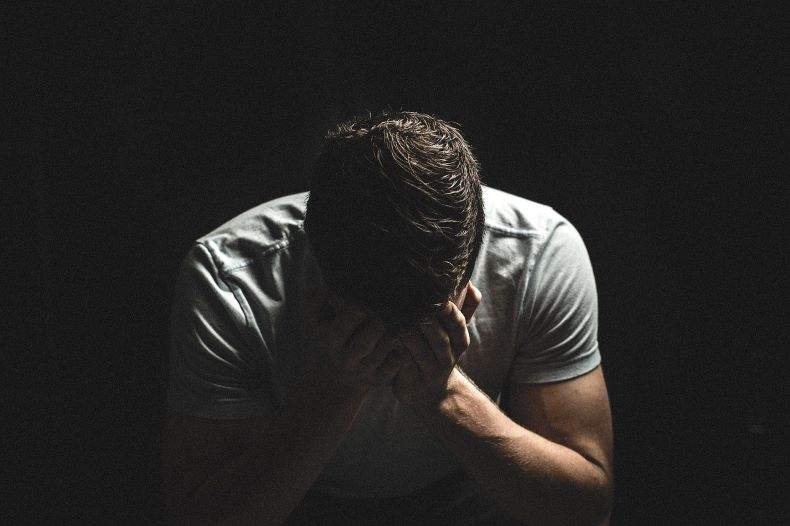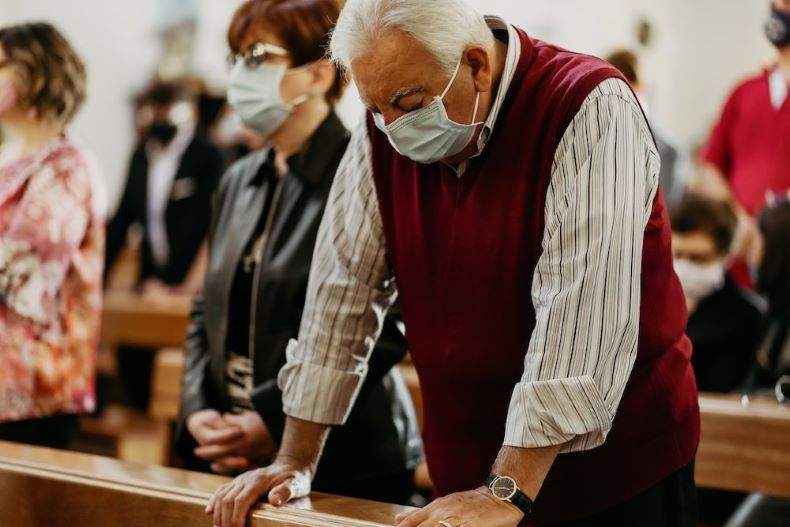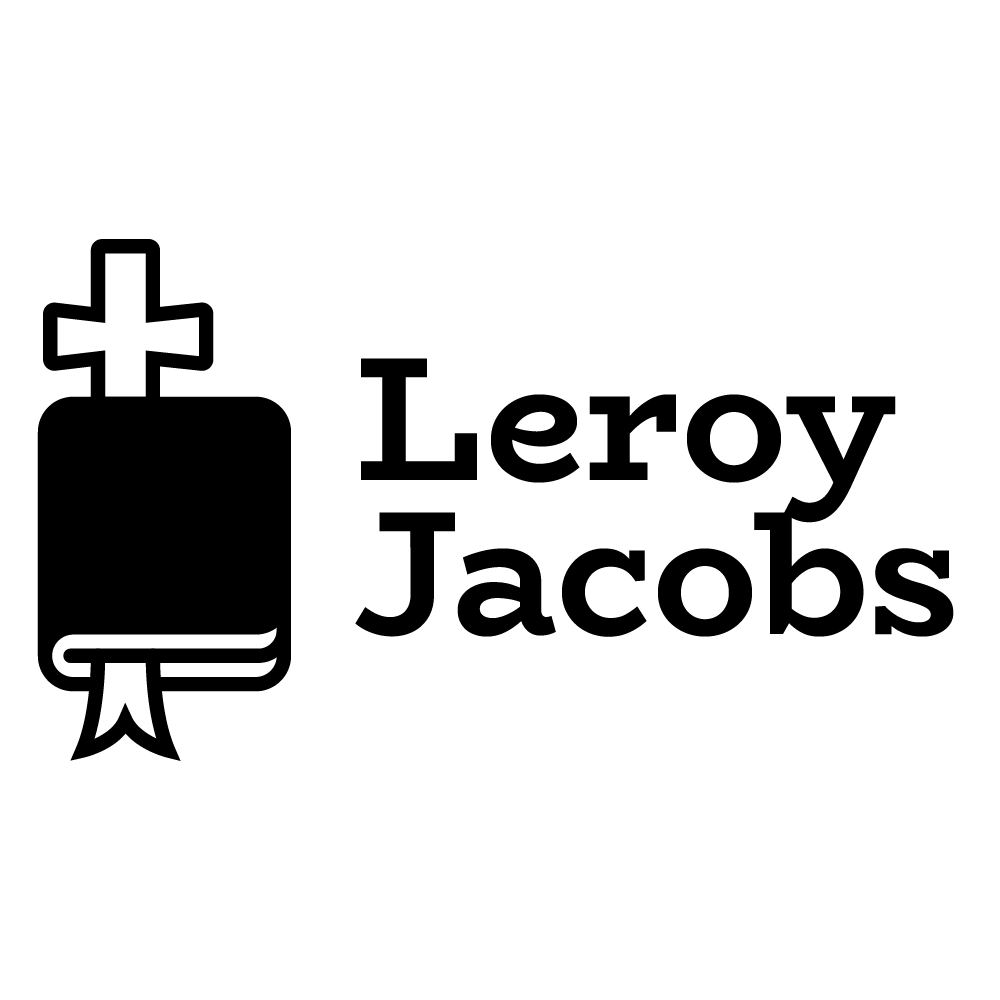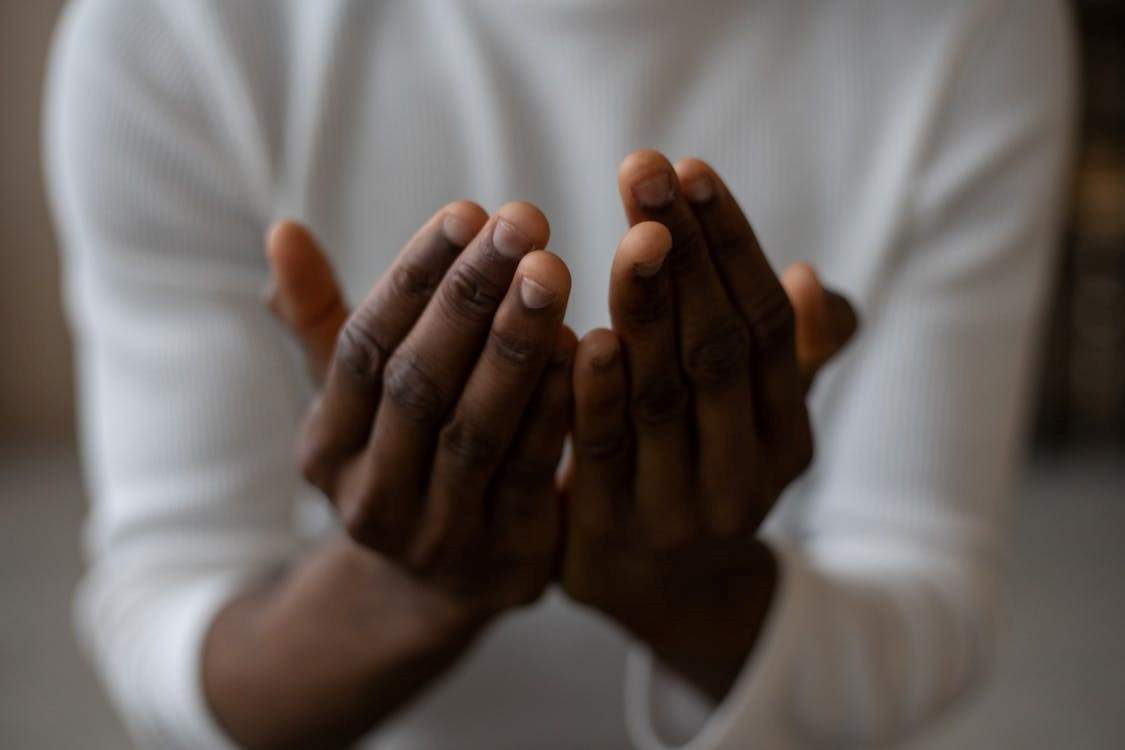Life isn’t always all rainbows and cookies; sometimes, we encounter fractures and disillusionment. The human spirit can feel worn and weathered through personal struggles, shattered dreams, or unforeseen challenges. Yet, within the realm of faith lies a powerful narrative of restoration. This blog delves into the profound theme of being “Reclaimed by Faith,” exploring how God restores our essence, purpose, and joy through His boundless love and transformative power.
1. The Brokenness of the Human Experience:
Life, with its twists and turns, often leads us through valleys of brokenness. Be it the pain of loss, the weight of guilt, or the erosion of hope, these experiences can leave us feeling fragmented and adrift. In the face of such challenges, faith becomes an anchor, a beacon guiding us toward the prospect of restoration.

In moments of adversity and despair, faith emerges as a steadfast source of solace and resilience.
2. The Divine Promise of Restoration:
Embedded within many religious traditions is the promise of restoration through faith. The idea that God is not merely a distant observer of our pain but an active participant in our healing process is a foundational tenet. It speaks to the belief that, no matter how fractured we may feel, a divine plan exists to reclaim and restore what has been lost or damaged.
3. The Gateway to Restoration:
Surrendering to God is a transformative act that holds the key to reclaiming one’s life. By surrendering, we release the burdens that weigh heavy on our shoulders—worries, fears, and the need to plan every step meticulously. When we embrace the art of letting go, we invite a higher wisdom and divine guidance that goes beyond what we can grasp. Surrender isn’t a display of weakness but a recognition of a formidable strength beyond our own. Through surrender, we reclaim our lives from the clutches of anxiety and find a renewed sense of purpose, trusting that God’s plan unfolds in ways that lead to greater fulfillment and joy.
4. The Mosaic of Restoration:
God’s restoration is an artistry that transforms brokenness into a mosaic of beauty. When surrendered to the divine, each shattered piece is meticulously reassembled into a tapestry that tells a story of resilience, redemption, and grace. The colors of pain and the hues of healing blend together to create a masterpiece that reflects the divine craftsmanship of restoration.
5. Healing Through Faith-Fueled Practices:
Various faith traditions offer practices that become conduits for healing and restoration. Prayer, meditation, and rituals provide sacred spaces where individuals can commune with the divine, finding solace, strength, and guidance. These practices act as catalysts, accelerating the process of reclaiming one’s sense of self and purpose.
6. The Role of Forgiveness in Restoration:
The role of forgiveness in restoration is profound and transformative. Our emotional and spiritual well-being is compromised when we carry the weight of resentment, bitterness, or the pain of past transgressions. Forgiveness becomes the key that unlocks the door to healing and restoration. It is a gift we extend to others and a powerful act of self-liberation. By forgiving, we release ourselves from the chains of anger and hurt, allowing space for healing to permeate our hearts.
In the divine tapestry of restoration, forgiveness is the thread that weaves broken pieces into a cohesive and harmonious whole. It doesn’t erase the past but empowers us to move forward with grace, compassion, and a renewed sense of inner peace. Ultimately, forgiveness is a sacred act that contributes to the restoration of relationships, the healing of wounds, and the restoration of our well-being.
7. Finding Purpose in the Wilderness:
Moments of brokenness often feel like a wilderness—a lonely place devoid of direction or purpose. Yet, faith teaches us that even in the wilderness, God is at work. In these challenging seasons, we may discover profound purposes, unexpected strengths, and a deeper connection with the divine, ultimately leading to a restoration of purpose and meaning.
8. The Role of Community in Restoration:
Faith communities serve as vital agents of restoration. Whether in a church, mosque, synagogue, or temple, like-minded individuals’ collective support and encouragement become a powerful force in reclaiming what was lost. Shared faith, compassion, and communal prayer create an environment where restoration can flourish.

The power of communal bonds lies in their ability to inspire hope, foster resilience, and contribute to the restoration of not only individual lives but also the fabric of the community itself.
9. Embracing Hope in the process:
The unwavering presence of hope is central to the concept of being reclaimed by faith. Hope, as an anchor for the soul, sustains us through the storms of life. It is the assurance that, no matter how dire the circumstances, restoration is not only possible but an inherent promise embedded in the fabric of faith.
In the narrative of being “Reclaimed by Faith,” we encounter a profound testimony to the transformative power of divine love. God’s restoration is not a mere repair job but a masterpiece crafted from the broken pieces of our lives. We embark on a journey toward wholeness through surrender, healing practices, forgiveness, and the support of faith communities.
When met with faith, the brokenness of the human experience becomes an opportunity for divine artistry—a process wherein God reclaims, restores, and transforms, revealing a life more radiant and purposeful than ever imagined. As we navigate our paths of brokenness, let us embrace the transformative power of faith, recognizing that, in surrender and trust, we are continually reclaimed by a love that knows no bounds.
Start the journey of reclaiming your faith with Leroy Jacobs and Stephen Salajko’s book “Something New.” Secure your copy today.


0 Comments